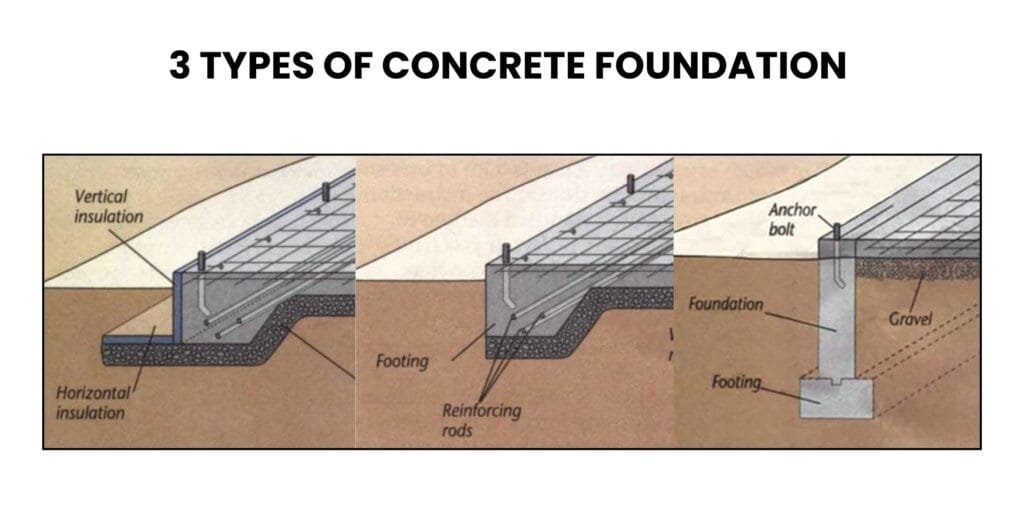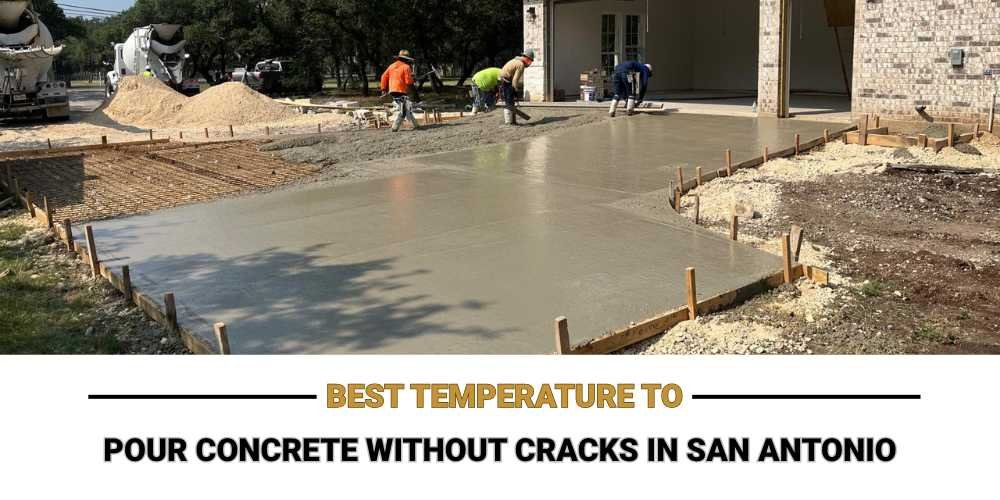A concrete foundations are secured to the ground and support the building superstructure. Even further, the foundation protects the building from extreme cold, moisture, and resistance to settling from the ground. The very essential structural nature of the foundation demanded the utmost care when setting up any area for the construction of this vital part of a building by foundation contractors who specialize in footings, foundations, and concrete
How are Concrete Bases Built?
Although it may take a long time, the creation of a concrete foundation like a concrete slab foundation, is nevertheless necessary. It is nevertheless necessary to strengthen the building. Generally, construction crews follow these steps.

Groundbreaking
Breaking ground is the very first step in constructing a concrete foundation. This stage spells the excavation of the site and leveling of the ground in preparation for the foundation. This critical step prepares the foundation for concrete placement. The excavation may be very involved and must include having the site cleared of obstacles. Afterward, the builders pour the concrete into the foundation forms.
Installation of Footings and Rebar
Right after the digging is finished, the building of the footing and rebar follows. It is a crucial stage in the whole process, involving footings, foundations, and concrete elements. An inspection is done to establish whether they meet the building code and concrete foundation testing methods.
Installation of the PolySteel Stems
The third step involves the installation of PolySteel stems. These are made of high-strength steel and reinforce the foundation for concrete structures.. They are positioned in the walls to anchor the base to the ground.
The Setting of Pipes and Tubing
Next is setting the pipes and tubing before pouring the concrete slab foundation around them. around them. These must be carefully positioned to avoid damage during the pour. Once poured, the mixture must cure before proceeding.
Block Wall Installation
This step is essential in building a concrete pier foundation or a concrete shed foundation, depending on the project. This involves placing blocks that will form the perimeter. Once in position, concrete is poured and allowed to cure.
Types of Concrete Bases

The final step is block wall installation. This involves placing blocks that will form the perimeter. Once in position, concrete is poured and allowed to cure.
- Tilt Wall
A modern method used for residential and commercial buildings. It serves as underground support and works for buildings with or without a basement - Pier and Beam
These use concrete for both piers and beams, ideal for buildings with heavy loads - Slab On Grade
A popular and cost-effective concrete slab foundation method where concrete is poured directly onto a leveled ground surface - Post Tension Slab
A popular and cost-effective though it requires specific concrete foundation testing methods during construction. That’s quick to build, although not suitable for areas with high soil moisture.
Benefits of Using a Concrete Foundation
There are various foundation types, but concrete bases offer several unique benefits:
- Durability
Concrete is long-lasting but in case of damage, concrete foundation crack repair can easily restore its strength. Besides, it is not affected by the pests like termites or any biochemical disintegration. - Protection from Hazards
It provides excellent defense against fire and water damage. - Flexibility with Design
The construction can be molded according to different interests in design. - Fewer Repairs
Concrete, being extremely sturd,y is a low-maintenance material, as has been seen to last for a very long period of time. Depending on the quality of material used, environmental conditions, and the sort of structure being built, the base will have the presence of one or another.
Conclusion:
The construction of foundations must be made of concrete for any durable structure. Every link in the chain, from site preparation to the final curing, must consider the establishment of a strong base. Give our concrete solutions a try if you want slab-on-grade, pier and beam, or post-tension slabs, which guarantee superior strength and resistance against weather-related challenges. At Rocking S Concrete, foundation services are truly excellent, and they promise to keep your project strong for decades with minimum maintenance. Put the solid groundwork that your building needs into our hands, and the rest is guaranteed to become a success.






